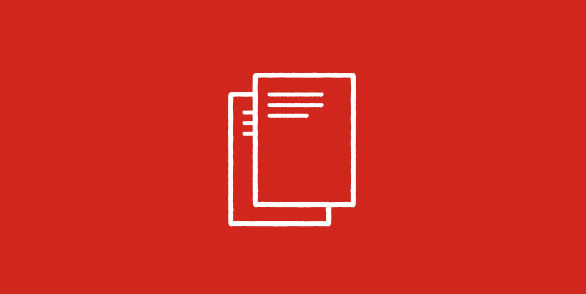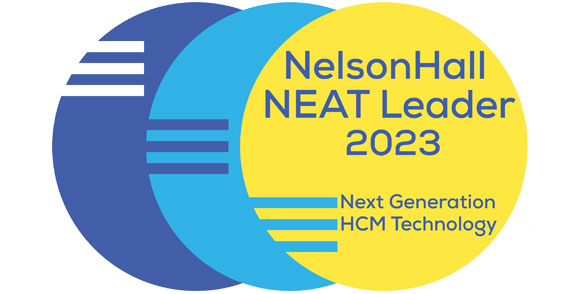
As with most clichés, there’s a fundamental truth in the old adage ‘Our people are our greatest asset’. And most successful companies understand the need to nurture this asset. That’s where Human Capital Management, or HCM, comes in.
Basically, it’s a set of practices related to recruiting, managing and developing an organisation’s human resources. It can be broken down into five key capabilities:
- Payroll
- HR admin
- Time management
- Talent management
- Data reporting and analytics
- Payroll
Companies need payroll to be a simple process, free of errors and offering both the organisation and employees peace of mind.
Managing payroll and other HR admin requirements often requires multiple systems, which can take time and reduce productivity for the HR team. ADP research reveals that more than two-thirds of global leaders want more unified HR and payroll systems, as they currently manage on average 33 payroll and 31 HR systems. By introducing an HCM solution, companies can save time on both platforms, while benefitting from a single management view of their workforce.
This single view can in turn drive HCM’s other capabilities, which can contribute to the development of strategic business plans and offer insight into talent retention and acquisition.
HR admin
There are concerns that with the use of fragmented HR software and tools, HR professionals spend too much time on administration, and not enough on engaging with and addressing the needs of the employees.1 By leveraging the latest HCM trends and technology within your organisation, HR professionals can focus on the areas of HR that really add value to your business and your employees.
An effective HCM solution meets all the admin requirements of your HR team, including tracking travel and expenses, leave and absence, as well as staff recruitment and onboarding. And by having all these payroll services online and within a central system (also referred to as a single system of record), you can save on costs and improve efficiency.
In a world where almost everything can be done online, why would you still ask your employees to apply for leave manually?
With the right HCM system in place, your employees can apply for leave online with ease. All applications and approvals can be stored centrally, offering better organisational insights when analysed alongside other personnel information captured by the HCM software.
Time management
Whatever the structure of your organisation, you need to manage your employees’ attendance. But with so much information already controlled by HR teams, why add more software and processes to your HR system?
An HCM solution can seamlessly incorporate time and attendance solutions into your HR system, allowing for basic tracking and monitoring of employee clock-in and overtime, as well as more sophisticated time tracking for billing and services. This allows you to view the information as it correlates to other employee and customer data.
A quality time and attendance system is vital for ensuring employees’ time is recorded correctly, but with an HCM software this can also link with expense claims, assisting the HR team in monitoring and managing costs, and making decisions about your workforce.
Talent management
But there is more to HR than dealing with queries and concerns, managing employee data and ensuring employees are paid. Talent management is another important aspect of the HR department, where the focus should be on onboarding employees and helping them to thrive, in turn contributing to the success and growth of the organisation.2
While talent management and HR may sound the same, there are slight differences that are worth noting.
Properly aligning your talent and people management to your company goals is vital to ensuring your organisation stays on the right growth trajectory. This means that talent management should be a universal strategy for your organisation; focusing on hiring, training and retaining high-performance employees, and encouraging their professional development.3
Your HR department probably already has all the information you need for effective talent management. But with an HCM solution in place, all this information can be stored and accessed from one platform, meaning that you can access it faster and won’t overlook anything that should be part of your talent management strategy.
Data reporting & analytics
You have all the information, so now what? What good is storing employee information if you never use it?
The employee information that you collect and store is vital to drive and inform your organisation’s decision-making process. With a unified HCM system, you have a holistic view of employee data (including payroll, time and other personnel information) at your fingertips to assist in strategic planning. You can then use this information to identify areas that need work within the organisation, key growth areas and even open doors to new ideas and strategies.
HR data reporting and analytics can also assist in ensuring that your organisation is running efficiently.
HCM, or an HR suite, is the ideal resource to not only save the HR team time and improve productivity, but to offer easy access to information from five key areas of HR, that when viewed together can help drive a business forward.
If you want to attract and maintain the right workforce to help you grow, then HCM matters a great deal.


